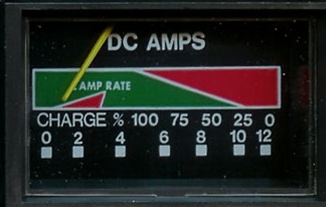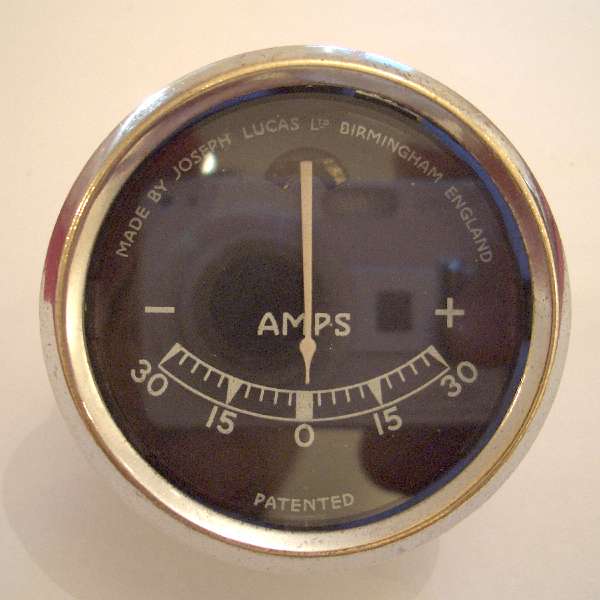


What do I mean by “known load conditions”? Well, in my Roadtrek, for instance, the TV is always on, and we usually have a fan going, and one or two inside lights are turned on. What Is Known Load Conditions for your RV battery? For us traditionalists, though, you can use the hydrometer to calibrate your voltage display under known load conditions, and you’ll know what voltage reading goes with which state of charge. If you have AGM batteries as the newer Roadtreks do, you won’t be doing this, period – you can’t get to the electrolyte at all because there are no caps. Now, to use the hydrometer you have to pull out your battery tray, open one of the caps, and suck up some electrolyte into the hydrometer, so you won’t be doing this often, or on the road. In addition to the specific gravity numbers, they’ll have color-coded ranges that say good battery, so-so battery, or dead battery. A hydrometer can be purchased at any auto parts store for less than $10. Since sulfuric acid is heavier than water, fully charged batteries have electrolyte specific gravity in the 1.255-1.275 range, 50% depleted batteries read 1.175-1.195, and dead batteries read 1.095-1.115. Fully charged batteries have lots of sulfuric acid in the electrolyte, depleted ones don’t – the acid changes into lead sulfate on the battery plates as the battery discharges. The foolproof way to accurately determine the state of charge is to use a hydrometer – a simple device that measures the density of your battery electrolyte. They’ll be glad to sell you one cheaply for your rv battery An Easy Way To Determine The State Of Charge (SOC) ⚡ In your RV Battery ? So looking at the voltage doesn’t give you an accurate reading on how charged your battery is – you have to adjust for loads and charging sources. Again in general, the bigger the charging current or load, the further above or below your resting voltage your system will be. Turn on a big load like the microwave (if you have a big inverter that will power it), and voltage dives down into the 11.5-11.8 volt range, even on fully charged batteries. Crank up your Onan or engine generator, or plug into shore power, and your voltage goes up to 14.0 – 14.5 volts, even when your battery is seriously depleted. In general, charging inputs raise the actual voltage on the battery above its resting voltage, and loads (drains on the battery) lower it below its resting voltage. Resting fully charged 12-volt batteries are around 12.8-12.9 volts, and flat dead ones are at 12.0 volts, so 12.4 volts on a resting battery means it’s about 50% charged. This is called the “open-cell” or “resting” voltage of the battery. There is a simple relationship between the two for a battery that’s disconnected from all charge sources and loads and has been sitting an hour or so, but you don’t want to do that every time you check the system. The reason there’s not a simple relationship between battery voltage (what a voltmeter reads, or how many of those four idiot lights are illuminated on your display) and state of charge (what the actual storage status of your battery is, 100% being fully charged and 0% being flat dead) is that your RV system is constantly doing different stuff – electricity is coming and going all the time. 12-volt batteries have six holes, not three. This is a pair of 6-volt batteries in a newish Chevy Roadtrek.

3 Get more RV travel ideas, tips, news and perks!.2.1 Want to REALLY connect to the RV Lifestyle?.2 You might want to read through these recent posts, too:.1.3 What Is Known Load Conditions for your RV battery?.

1.2 An Easy Way To Determine The State Of Charge (SOC) ⚡ In your RV Battery ?.1 Here is a short, simple, and non-technical explanation of the different types of RV Battery Voltages ⚡ and their state of charge, or SOC for short.


 0 kommentar(er)
0 kommentar(er)
